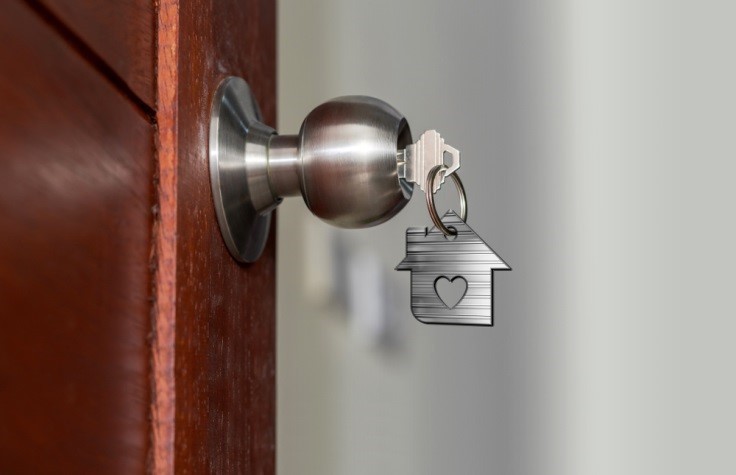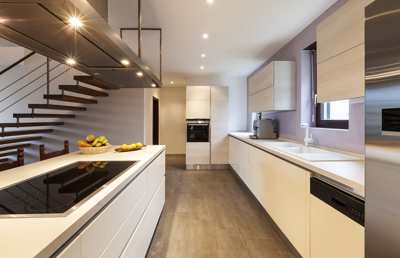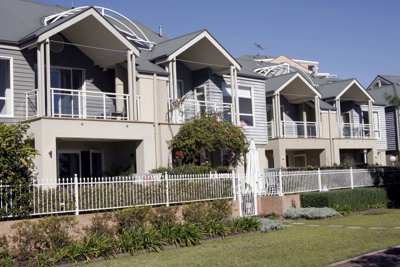
Unlock Your Tax Refund !
At NBtax by Napier & Blakeley we receive many enquiries from investors asking for advice about their tax depreciation entitlements. This query examines the depreciation allowances for second-hand homes.
"I own a three-bedroom townhouse that I bought three years ago for $434,000. I didn't bother getting a depreciation schedule as the place was 17 years old, as I was always under the impression that depreciation was only for new homes. However, I recently read in this magazine that older homes can attract good depreciation benefits as well. What kind of depreciation schedule would I be able to get on this type of property, and can I go back and make claims on my previous tax returns? It’s a two-storey townhouse, with three bedrooms, and there is airconditioning in the main areas and living room, with a pool in the complex."
Property tax depreciation allowances or ‘capital allowances’ are calculated based upon two different sections of income tax legislation and consider two different aspects of your asset. The two main areas to property tax deductions are: Plant & Equipment; and the Capital Works deductions.
 Plant & Equipment (also known as Division 40) are items that are
usually fixtures and fittings, which can be easily removed from the
property, as opposed to items that are permanently fixed to the structure
of the building.
Plant & Equipment (also known as Division 40) are items that are
usually fixtures and fittings, which can be easily removed from the
property, as opposed to items that are permanently fixed to the structure
of the building.
Plant and equipment items include, but are not limited to hot water systems, carpets, blinds, ovens, cooktops, range hoods, freestanding furniture, air-conditioning systems, BBQs, heaters, and flooring (floating floorboards). Values ascribed to the Division 40 items relate to the purchase price of the property and commence depreciating from date of settlement or when you acquire the particular item. Our tax calculator on the NBtax website, will give you an estimate of your yearly deductions.
For a townhouse purchased for approximately $434,000, as a guide, our calculator shows an estimate of $5,800 in year one, $5,500 in year two and $4,700 in year three.
Capital Works Allowances are a deduction for the structural elements of a building. These deductions are based on the historical construction costs of the building and include materials such as, but not limited to: bricks, mortar, plaster walls, flooring (fixed timber flooring), wiring, doors, tiles, windows, toilets, basins, shower hobs, guttering, roofing, concrete slabs, footpaths and driveways.
Depending on the construction date, the Australian Taxation Office (ATO) has determined that a building eligible to claim capital works deductions generally has a maximum effective life of 40 years.
Therefore, investors can generally claim up to 40 years of deductions on a brand new building, whereas only the remaining balance of the 40-year period from the construction completion date is claimable on an older property. For example: if you purchase a building that was built 10 years ago, you effectively can claim an annual deduction for the next 30 years based on the construction costs 10 years ago at 2.5% per annum.
 As the townhouse is 17 years old, this investor should be able to make a
claim for the depreciation costs for the next 23 years. Capital Allowances
are primarily based on the structure of your asset.
As the townhouse is 17 years old, this investor should be able to make a
claim for the depreciation costs for the next 23 years. Capital Allowances
are primarily based on the structure of your asset.
Claims for these are dependent on the original construction cost and when the building was built. Additionally, any renovations, extensions and renewals can also be claimed, and again costs as a base for these deductions have to be calculated as at the time that the work was completed.
Generally, non-residential properties built after July 1982 and residential properties built after July 1985 are eligible for Division 43 deductions. If you have not claimed depreciation on your property in the past, it is possible to amend previous tax returns – to a point. We recommend you seek advice with your accountant to determine how far and to what extent you can back-date your tax returns and claim these items.
As the townhouse is 17 years old, this investor should be able to make a claim for the depreciation costs for the next 23 years. Capital Allowances are primarily based on the structure of your asset.
Claims for these are dependent on the original construction cost and when the building was built. Additionally, any renovations, extensions and renewals can also be claimed, and again costs as a base for these deductions have to be calculated as at the time that the work was completed.
Generally, non-residential properties built after July 1982 and residential properties built after July 1985 are eligible for Division 43 deductions. If you have not claimed depreciation on your property in the past, it is possible to amend previous tax returns – to a point. We recommend you seek advice with your accountant to determine how far and to what extent you can back-date your tax returns and claim these items.
The Australian Taxation Office (ATO) has specified that quantity surveyors are the professionals suitably qualified to estimate deductions, and they must also be registered tax agents; NBtax by Napier & Blakeley are both of those.